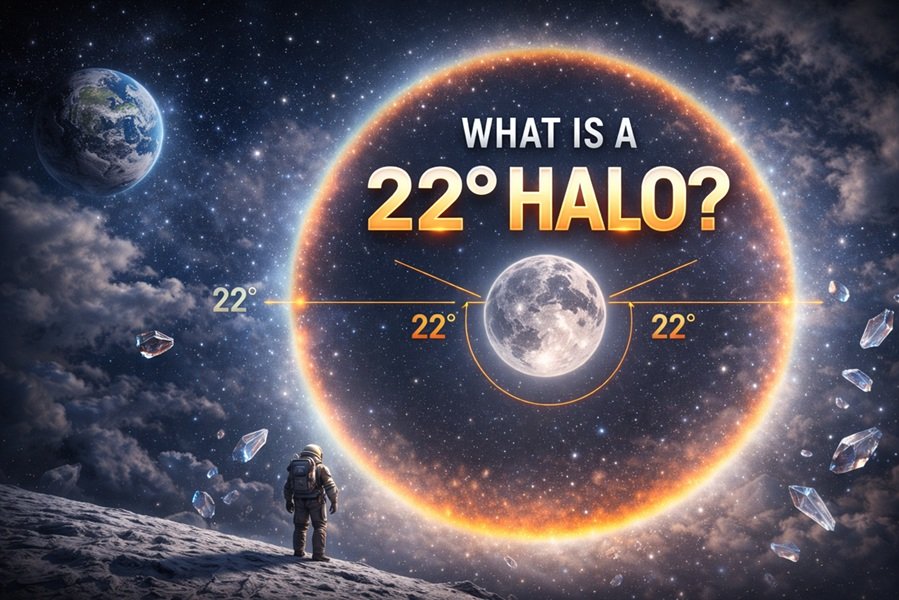
When we imagine planets, we typically think of massive, heavy spheres orbiting stars in the vastness of space. It might seem absurd to think that any planet could actually float on water. Yet, there is one in our Solar System that, hypothetically, could do just that.
The answer? Saturn.
Yes, the second-largest planet in our Solar System, with a diameter of more than 116,000 kilometers (over 72,000 miles), could technically float on water. But how is that possible? Let’s explore this fascinating concept in detail, from what density really means to how Saturn compares to other celestial bodies.
What does it mean for something to float?
To understand how a planet can float, we need to first understand the principle of buoyancy. According to Archimedes’ principle, an object placed in a fluid (like water) will float if it is less dense than the fluid.
Density is defined as mass per unit volume (commonly measured in grams per cubic centimeter, or g/cm³). For reference:
- The density of water is 1 g/cm³
- Objects with density less than 1 float
- Objects with density greater than 1 sink
So, for a planet to float on water, its average density must be less than 1 g/cm³.
Saturn: The planet that could float
Saturn is a gas giant, primarily composed of hydrogen and helium—the two lightest elements in the universe. Despite being enormous and having a strong gravitational field, Saturn’s overall mass is relatively low for its size.
Saturn’s average density is about 0.687 g/cm³, which is significantly less than the density of water. This makes it the least dense planet in the Solar System, and the only one that, if placed in a sufficiently large body of water, could theoretically float.
Let’s be clear: this is a hypothetical scenario. There is no cosmic bathtub large enough to contain Saturn. However, as a thought experiment, it’s a fascinating demonstration of the planet’s unique properties.
Why is Saturn so light?
The reason Saturn is so low in density lies in its composition and structure. It is made mostly of:
- Hydrogen (~96%)
- Helium (~3%)
- Traces of ammonia, methane, water vapor, and other gases
Hydrogen, the lightest element, is extremely low in mass but can take up a lot of volume, especially under low pressure. While the core of Saturn is thought to be dense and possibly composed of heavier elements, it is surrounded by massive layers of gaseous atmosphere and liquid metallic hydrogen. The overall volume of Saturn is vast, but the total mass is not as great as you might expect for a planet of that size.
Saturn’s size versus mass
Let’s put some numbers into perspective:
- Volume: Saturn has about 763 times the volume of Earth
- Mass: Saturn is about 95 times the mass of Earth
- Density: Earth’s density is about 5.51 g/cm³, while Saturn’s is only 0.687 g/cm³
Despite being more massive than Earth, Saturn’s immense volume means that its mass is “spread out” over a much larger area, resulting in a low average density.
Could Saturn really float?
While the science says yes, it’s still a bit more complicated in practice.
To float, Saturn would have to be placed in an impossibly huge ocean of water—larger than any ocean in the universe that we know of. The gravitational forces within Saturn would also affect the surrounding water, and the gas giant might not maintain its current structure outside of the vacuum of space. Furthermore, Saturn’s outer atmosphere is not a solid surface—there’s no “surface” as we understand it—so placing it in water would be more like immersing a balloon in a pool than dropping a rock in.
Still, from a physics and density standpoint, the statement holds: Saturn would float on water, in theory.
How do other planets compare?
Let’s look at the average densities of the other planets in our Solar System:
- Mercury: 5.43 g/cm³
- Venus: 5.24 g/cm³
- Earth: 5.51 g/cm³
- Mars: 3.93 g/cm³
- Jupiter: 1.33 g/cm³
- Uranus: 1.27 g/cm³
- Neptune: 1.64 g/cm³
- Pluto (dwarf planet): ~1.88 g/cm³
Even Jupiter, which is also made of hydrogen and helium, has a higher density than water and would sink. All the rocky planets—Mercury through Mars—are much denser and would definitely sink. Saturn is the only planet with a density below 1 g/cm³.
Read This: What’s the Biggest Organ in the Human Body?
What does Saturn’s low density tell us?
Understanding Saturn’s density helps astronomers and planetary scientists learn more about:
- Planet formation and evolution
- The composition of gas giants
- Comparisons to exoplanets in other solar systems
Saturn is often compared with exoplanets, especially “hot Jupiters”, which are gas giants orbiting other stars. Some of these exoplanets are even puffier and less dense than Saturn, earning nicknames like “super-puffs” or “cotton candy planets.” These findings help us understand the diversity of planetary types in the universe.
Read This: Do Fingers Have Muscles?
Conclusion
In the world of cosmic oddities, Saturn stands out as the only planet in our Solar System that could float on water. This surprising fact is a result of its extremely low average density, thanks to its composition of light gases like hydrogen and helium. While we’ll never see Saturn bobbing in a galactic ocean, this fun piece of planetary trivia reveals just how varied and fascinating the planets in our Solar System truly are.
The next time someone asks you about the largest planet or the hottest one, you can surprise them with this gem: “Saturn is so light, it could float on water!”







